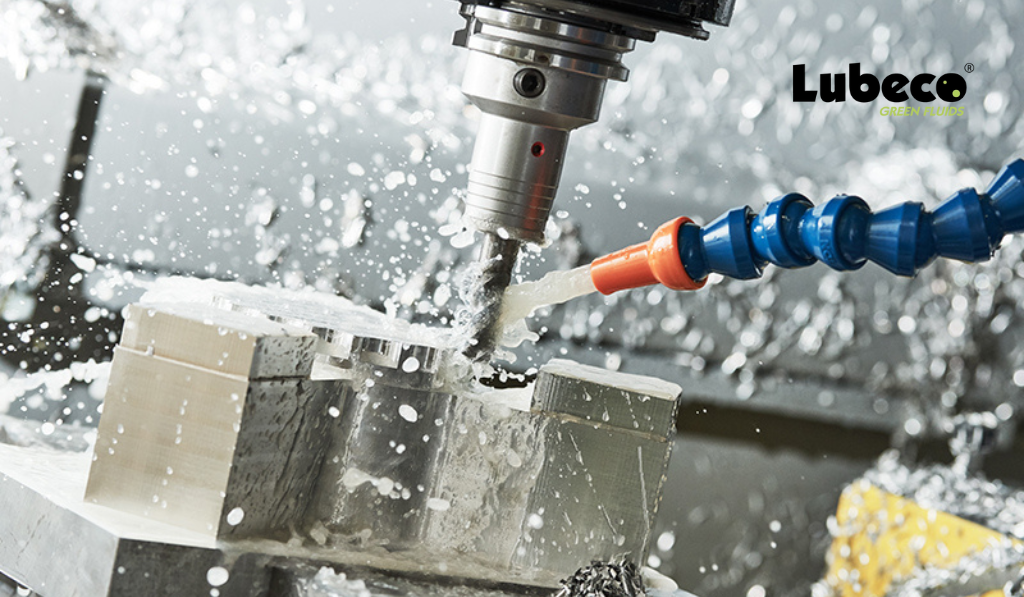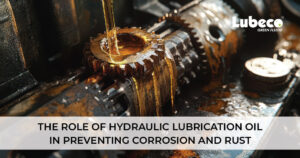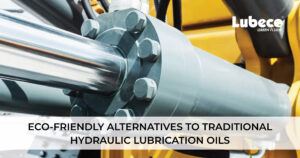In machining processes, there is a tremendous amount of friction that occurs due to the cutting motions, which in turn produces a large amount of heat. This heat, however, is not evenly distributed and which parts have the highest temperature depends on what actions are taking place there. The places where it is concentrated are called heat zones, and these include the cutting tool, workpiece and chips. There are a couple of key heat zones, which include:
Primary Heat Zone (Shear Zone)
Primarily located in the area where the cutting tool engages the material, the shear zone is the zone that produces the most heat. As the material is sheared off, it is deformed in the form of chips. This can cause material weakening, tool wear, and poor surface finish.
Secondary Heat Zone (Tool-Chip Interface)
Friction between the tool and the flowing chips, at the interface between the cutting tool and chip also causes a substantial amount of heat. Though this is not as much as the primary zone, it can also lead to tool wear, chip welding as well as damage to the workpiece’s surface.
Tertiary Heat Zone (Tool-Workpiece Interface)
As the cutting tool slides over the freshly-machined surface, the contact point between the tool and the workpiece experiences enough friction to raise the temperature. The parts can then also degrade in quality due to wear and thus result in poor surface finish.
How Cutting Fluid Helps
To maintain both safety and quality, it is essential to manage this generated heat in the right way. For this purpose, cutting fluids are ideal as they not only deal with the rise in temperature but also work to lubricate and improve the quality of surface finish in the cutting process.
Cooling Effect
Cutting fluids help absorb and dissipate the heat generated in all three zones, preventing excessive temperatures that can degrade tool life and material properties. They do this by extracting heat through conduction and reduce thermal expansion and contraction of the parts.This is particularly important in the primary and secondary zones, where temperatures are highest.
Lubrication
As friction is the one of the main reasons for heat generation and wear, it is important to lubricate the parts properly so that the cutting process can be done as smoothly as possible. A good cutting fluid works to reduce friction between the cutting tool, chips, and workpiece, especially in the secondary and tertiary heat zones. This lowers the temperature at these interfaces and minimizes tool wear and surface damage.
Improves Surface Finish
The tertiary heat zone is also where the final surface finish occurs. By lubricating and cooling down the workpiece, cutting fluids make sure that the cutting action is smooth and flawless, leading to a better surface finish.
By effectively cooling, lubricating, and cleaning, cutting fluids protect the heat-sensitive zones and help improve tool life, machining quality, and overall process efficiency.










